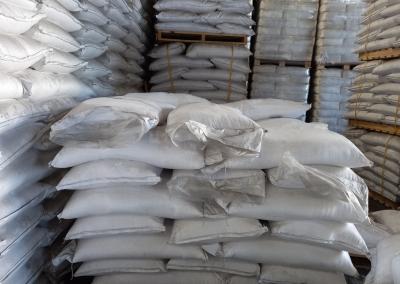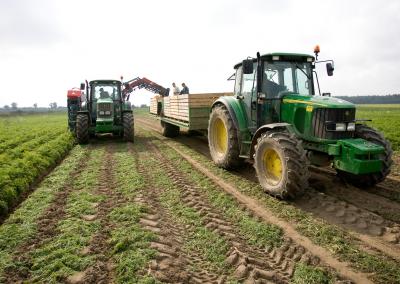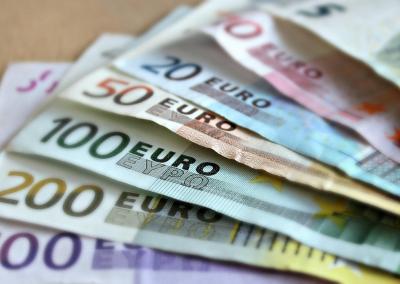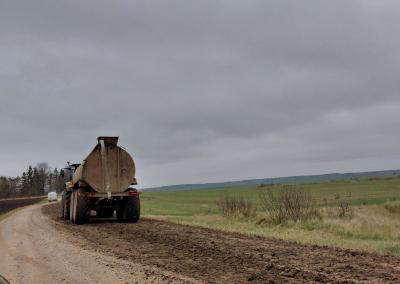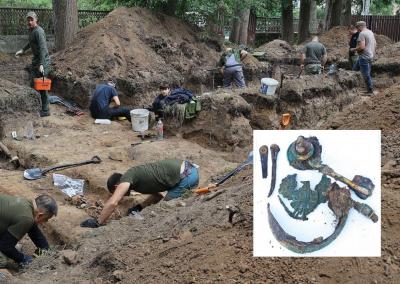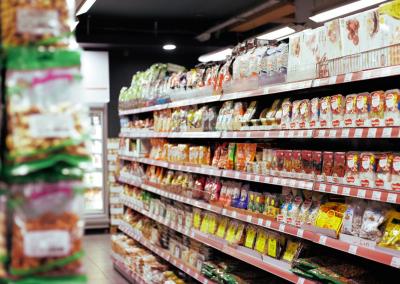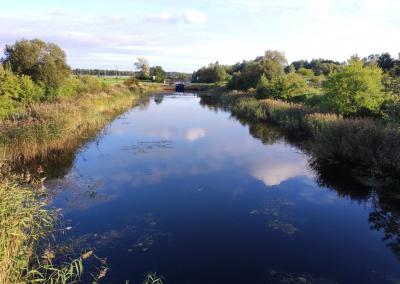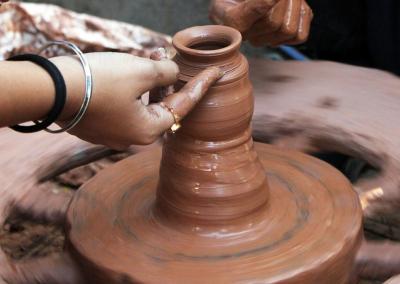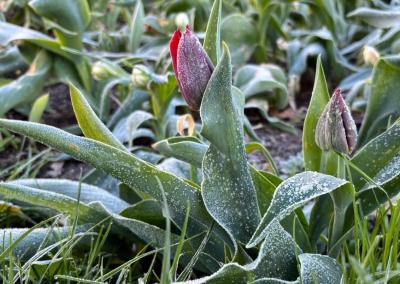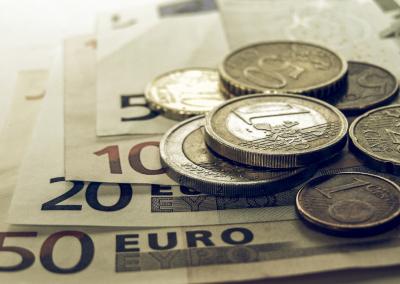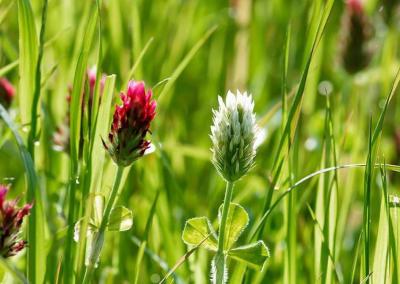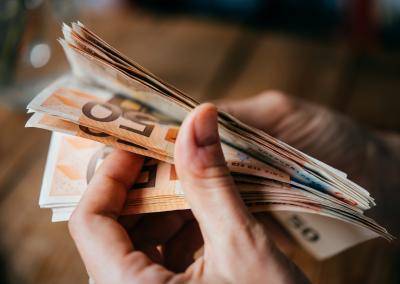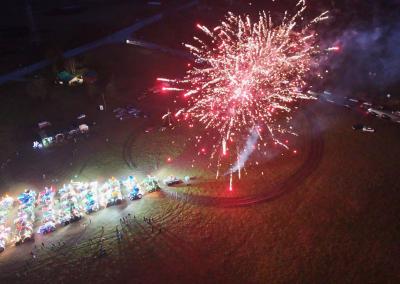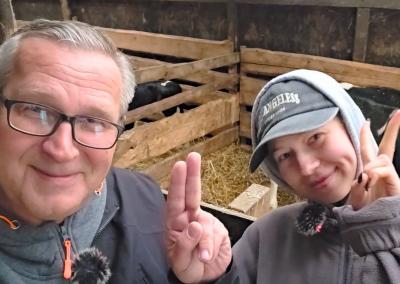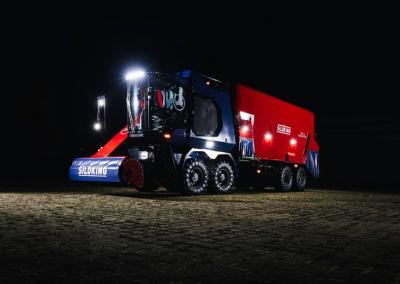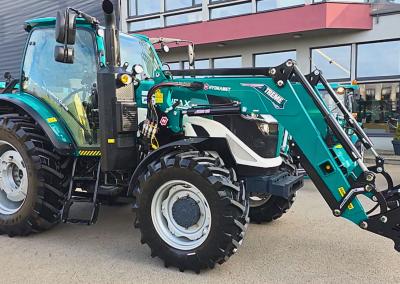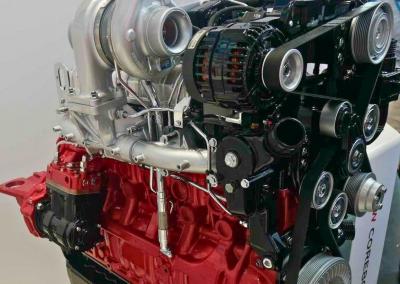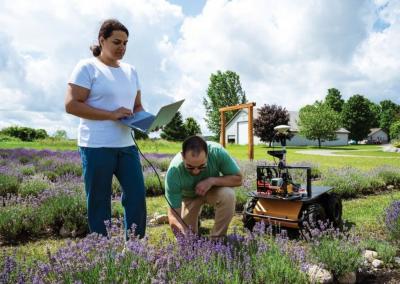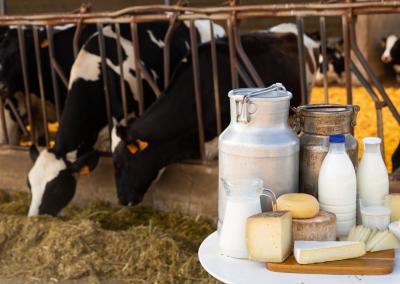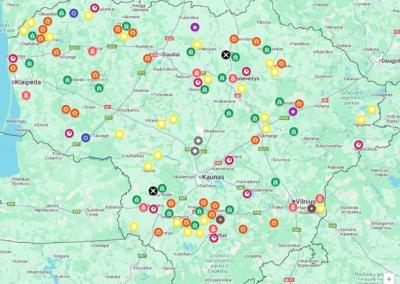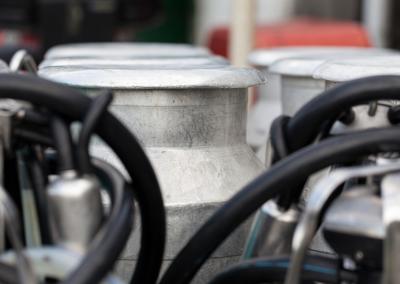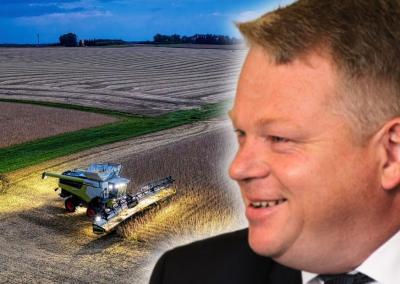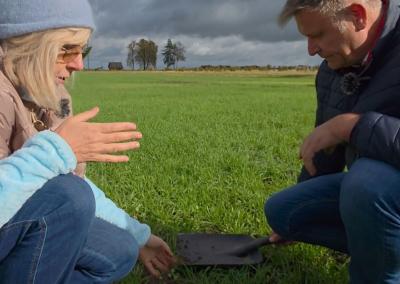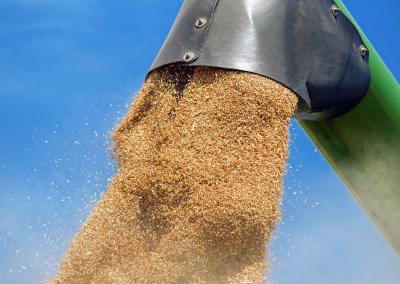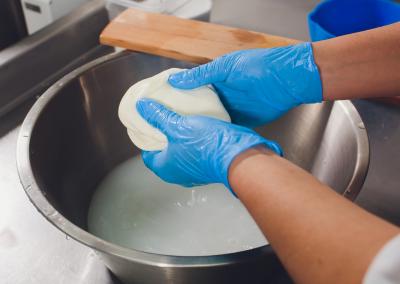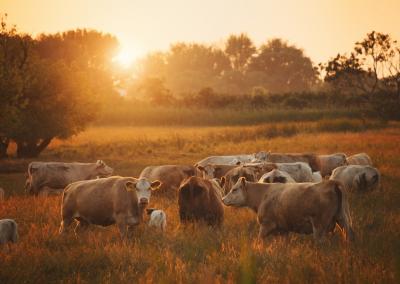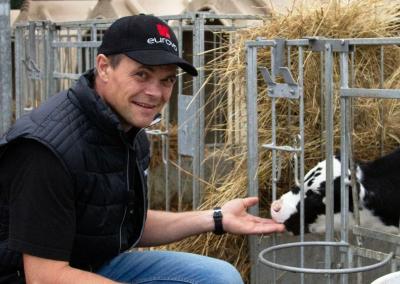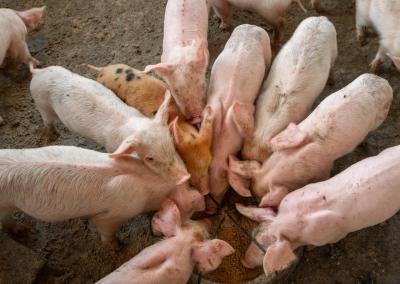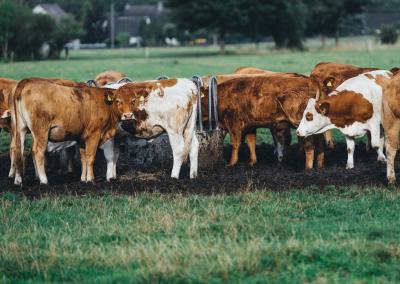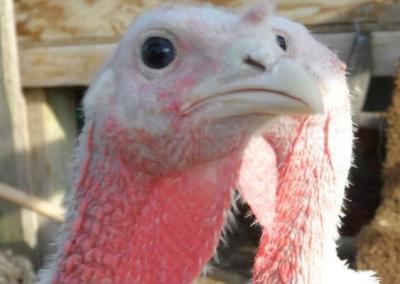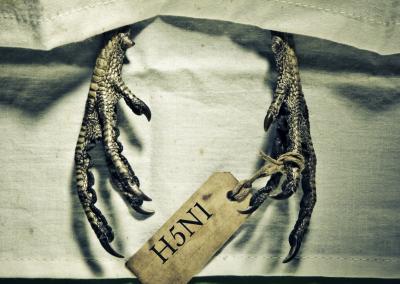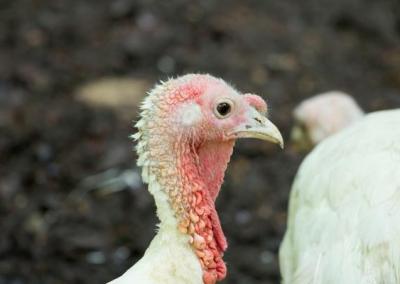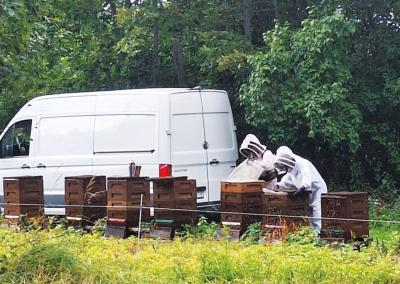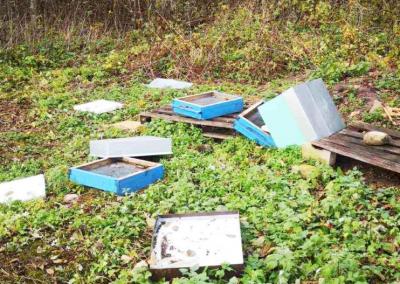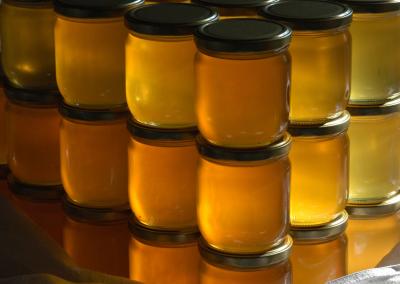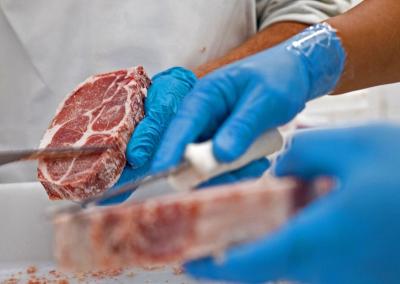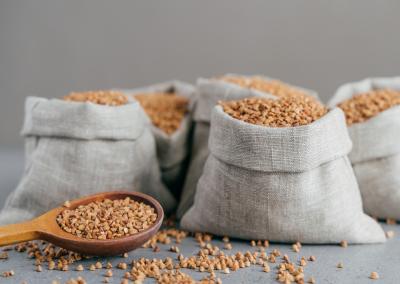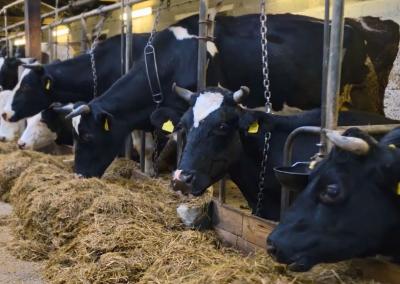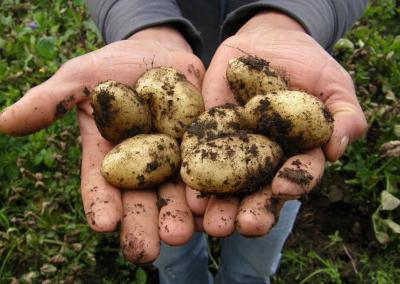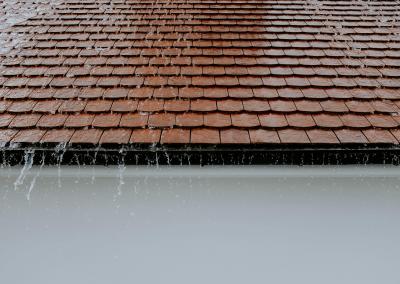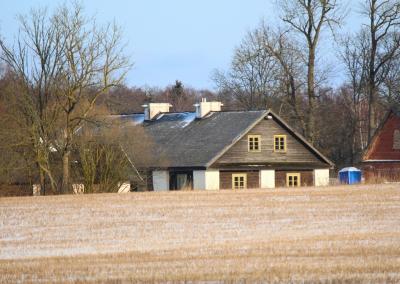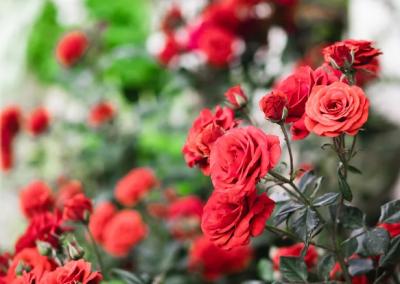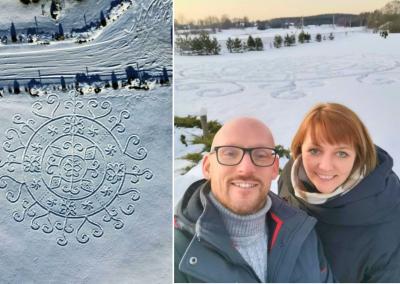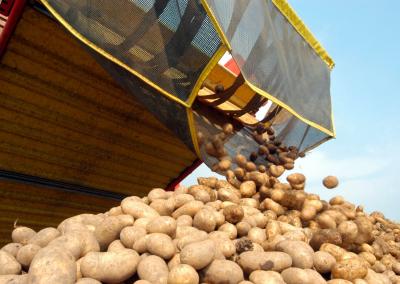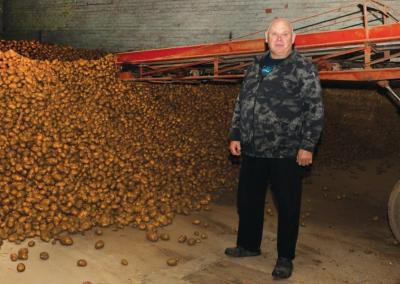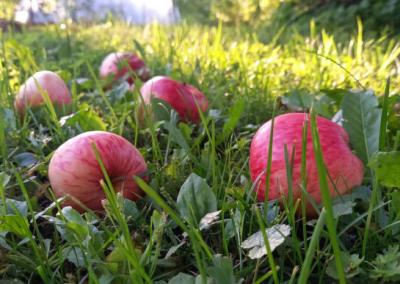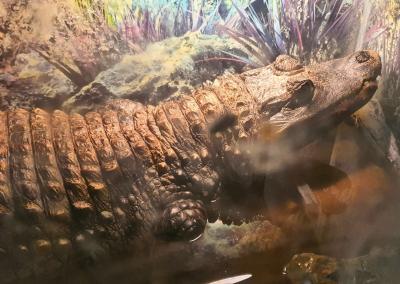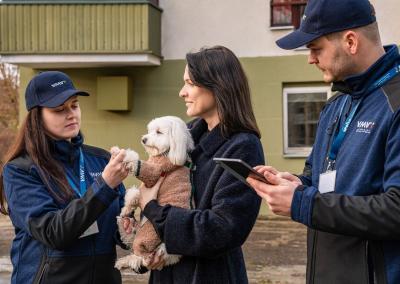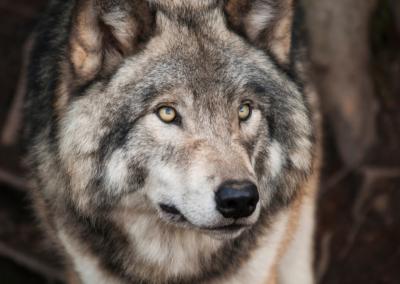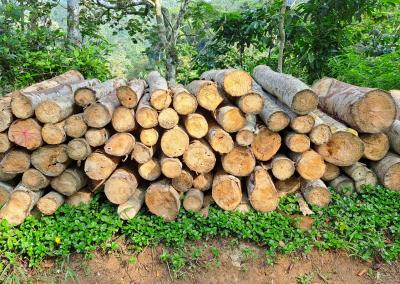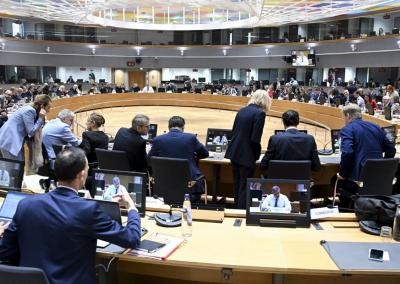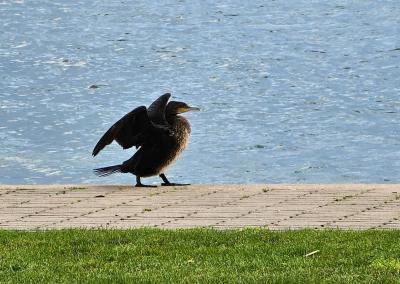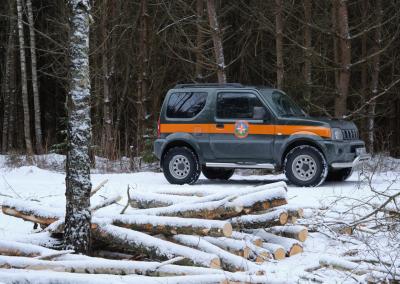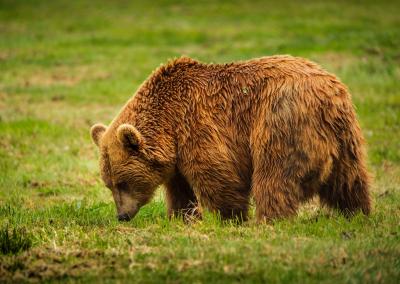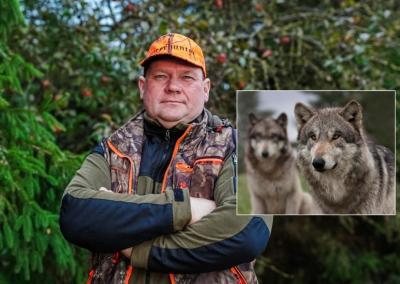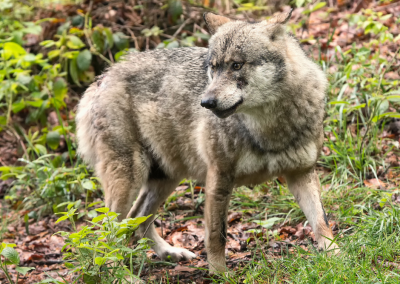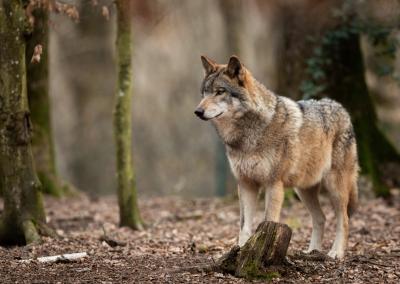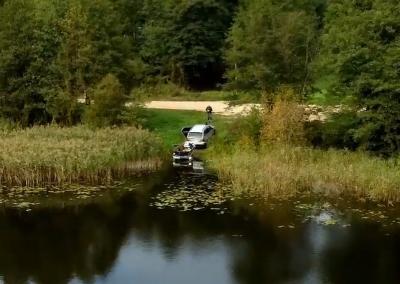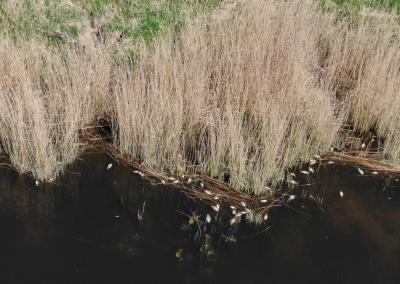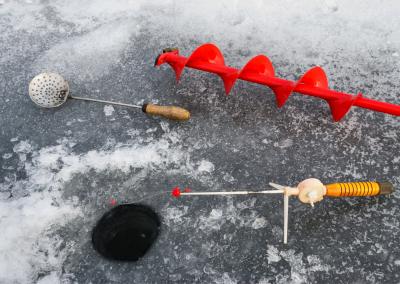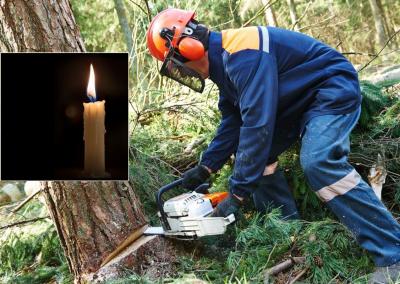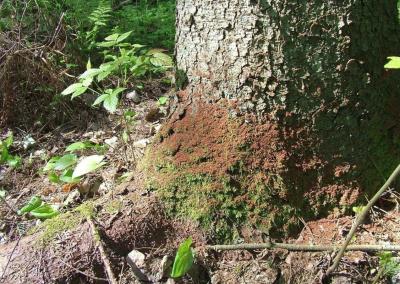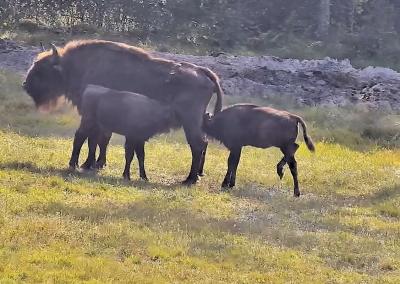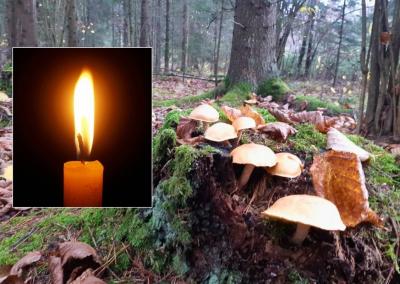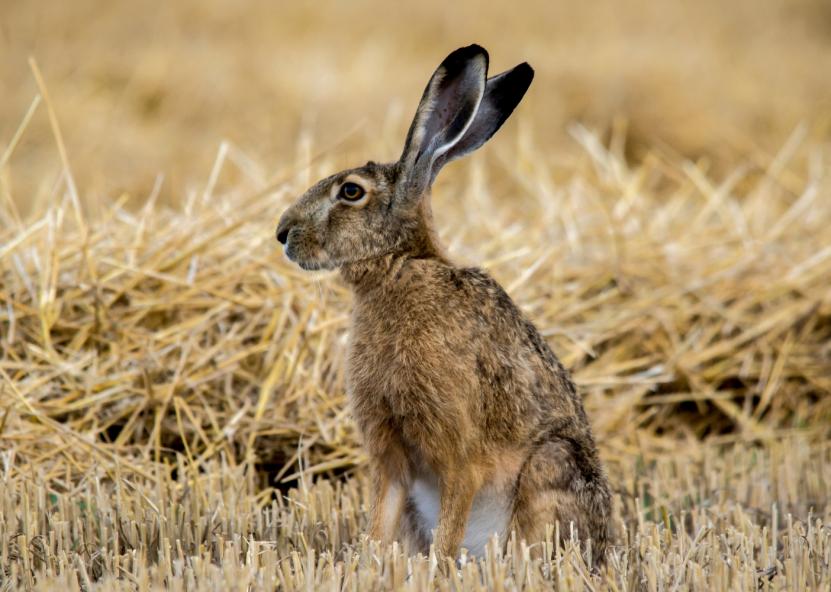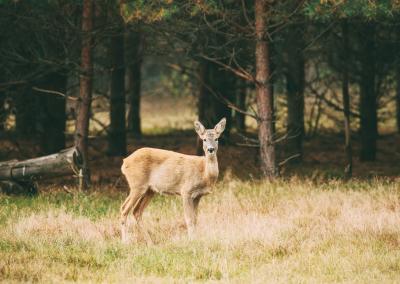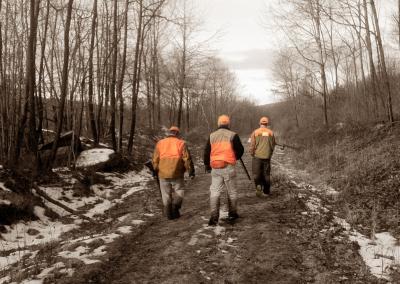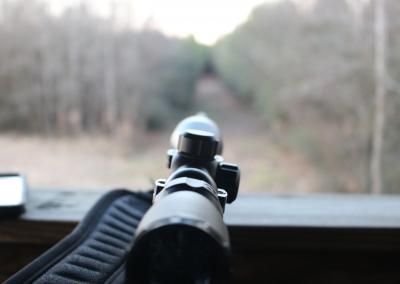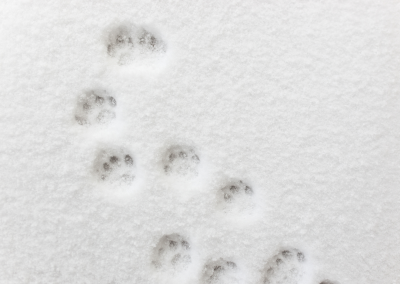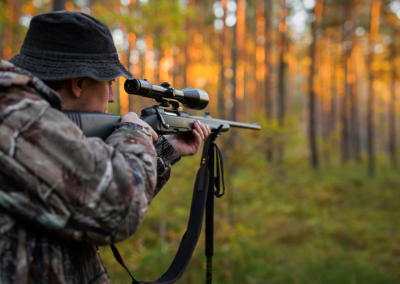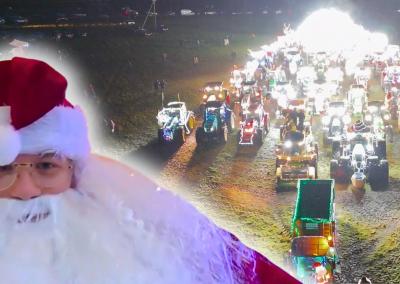Wildlife recording by Dutch hunters moves towards official recognition
In the Netherlands, wildlife observations and counts by gamekeepers are becoming increasingly important – this year, as many as 85% of all counts met the quality criteria set by the Central Bureau of Statistics (CBS). This indicator marks significant progress and signals that hunters' wildlife records may soon be officially recognised as a reliable statistical source for the formulation of national nature conservation and hunting policy.
Until a year ago, only about 30% of wildlife records were compliant with these requirements. However, the situation has improved considerably since 2025, with reliability levels reaching as high as 97% in some regions (e.g. Drenthe, Groningen, Flevoland, etc.). This breakthrough is due to consistent work with regional coordinators, training and close cooperation between hunting associations and the CBS.
How is the accounting done?
There is also detailed information on how wildlife counts are organised in the Netherlands, especially for rabbits and hares. These counts are carried out on the basis of a protocol drawn up by the Royal Dutch Hunting Association (Koninklijke Nederlandse Jagersvereniging) and approved by the Central Bureau of Statistics (CBS).
Basic accounting principles
Time: The counts are carried out twice a day, at dawn (around 6:00–7:30) and at dusk (around 17:00–20:00), when the animals are most active.
Area size: A single monitoring area cannot exceed 200 hectares to be covered in approximately two hours.
Number of observers: Each area must be observed by at least two people – this ensures greater accuracy.
Methodology: Observations are carried out visually – using binoculars or telescopes. In poor visibility, thermal imaging cameras are used with specific parameters: sensor resolution of 640×480 pixels and 2.5x optical zoom.
Recording of data: Only clearly identified animals are recorded. The data collected is fed into a central database where it is used to analyse population changes and plan species management.
All this methodology is designed to make the data reliable, comparable and usable at both national and regional levels for decision-making on wildlife conservation and hunting policy.
Further information on the protocol and methods used can be found on the website of the Dutch Hunting Association: jagersvereniging.nl
Official recognition – coming soon?
In 2023, the then Minister for the Environment, who was responsible for nitrogen policy, announced that she wanted to include wildlife inventories by hunting organisations in decision-making on hunting. However, there was one important requirement – the records must comply with the standards of the Central Bureau of Statistics (CBS) and be officially approved.
Now that the CBS has positively assessed the accounting protocol used and the calculations have been carried out in full compliance with the requirements, this barrier has been crossed. Secretary of State Rummenie has already announced that he intends to complete the process of formal integration of the wildlife accounts by the end of this year.
The Hunters' Association continues to engage with the Ministry and promises to keep the public informed of further progress.
The Dutch government has already announced that it intends to finalise the recognition of these records as part of official statistics by the end of 2025. This will mean that data collected by hunters will become an essential part of hunting management decision-making at national level.v
This is one of the clearest examples in Europe of how responsible hunter involvement can not only contribute to nature conservation, but also serve as a basis for official policy and effective wildlife management.

